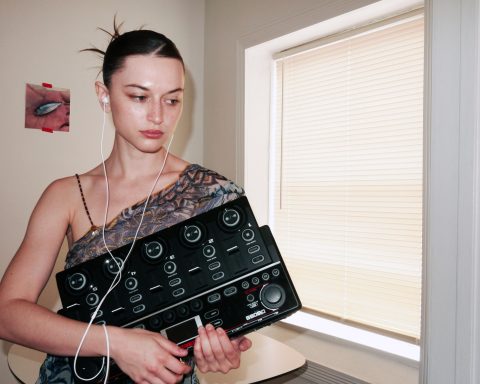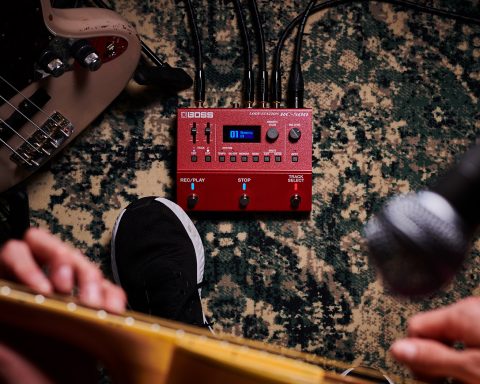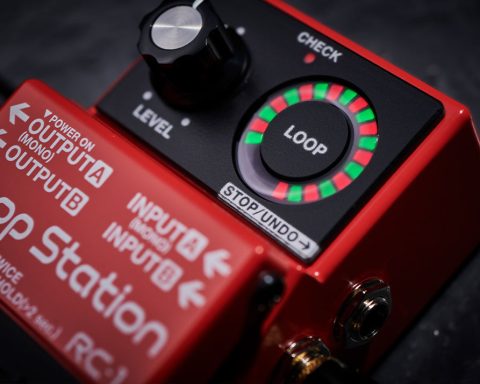The BOSS RC-505 Loop Station is for beatboxing and beyond. Read on to see how CHERSEA used the RC-505 to write her masterpiece “Wolf.”
Start with a Beat
I wrote “Wolf” using the RC-505 the day before shooting the video. First, I started with a beat—a feature that can be easily played when pressing the start/stop rhythm button. The beat I used was the most basic beat function on the RC-505, which was perfect in creating this minimalist song. I then began to write lyrics over this beat, while also fooling around with my Lucina AX-09, trying to add a comprehensive yet simplistic bass line.
Add Effects
To give it texture, I decided to add another effect from the RC-505, known as a slicer. In using this effect, you can choose the tempo at which you would like your note “sliced”, giving it a choppy, single, quantized note for as long as you play it.
While layering this over the original bass line, I found there was more texture. This made the line more interesting, especially when it came to pulling the phrase in and out of the song. After having both a leading bass and vocal line, I decided to use the VP-7, my absolute favorite vocal product. It has up to 8 options for the MIDI-controlled vocoder, and I used it to create some “backing vocals” while addressing the pre-chorus.
"While writing a song with the RC-505 may appear difficult, the possibilities are endless and you are truly able to do anything if you put your mind to it."
Layer, Layer, Layer
Heading into the second verse, I decided there needed to be more rhythm. Using my minimal beatboxing skills, I was able to mouth some noises and blur the lines of my beatboxing frailty with the reverb and delay features. This made the rhythm sound like a shaker with effects on it, which added nicely to the simplicity of the original beat. I also incorporated the VE-5, another vocal processor. It’s primarily for adding effects to a lead vocal mic.
Although there are many amazing effects on this device, I chose to use two. These are the basic Echo function, which makes you sound like you’re singing in a cathedral, and the third harmony voicing. The latter allows you to choose what key you’re singing in. Although I only have two hands, I had four devices that needed activation/deactivation at different times. It was very easy to prop the RC-505 right in front of me. This meant I could centralize its location and press the tracking buttons at my convenience. At the same time, I get to have my hands to do the other work.
Now It’s Your Turn
While writing a song with the RC-505 may appear difficult, the possibilities are endless. You’re able to do anything if you put your mind to it. If I wrote this song in one day, I am frightened and excited to see what people can do if they spend a little time on it. For example, check out my friend KRNFX doing a cover of “Get Lucky” using the RC-505.
Songwriting can be hard, especially with new devices, but think of it like baking a cake. It’s not the number of ingredients, but the quality that truly makes the cake. Think gourmet chocolate versus store-bought Hershey chocolate. You can make a minimal song using instruments/devices on a unit originally for an EDM/beatboxer audience.
Anything is possible with the RC-505. Let’s see what you can create.






